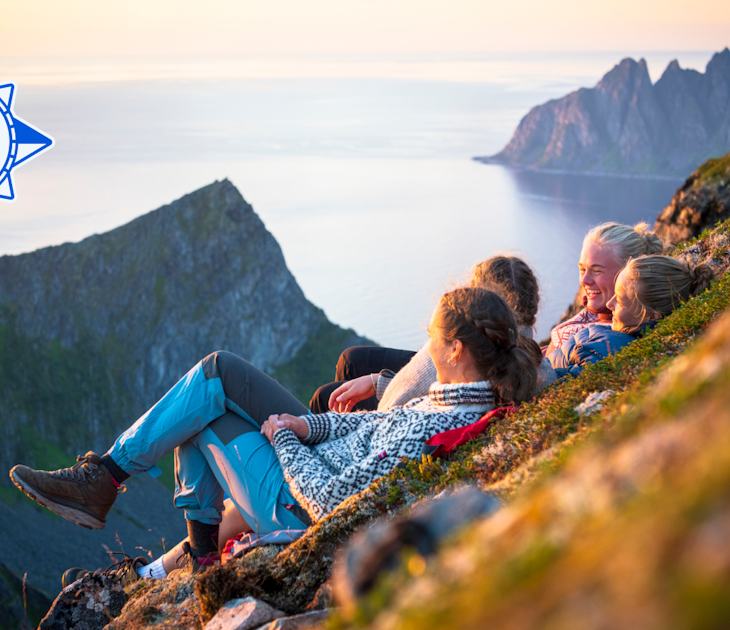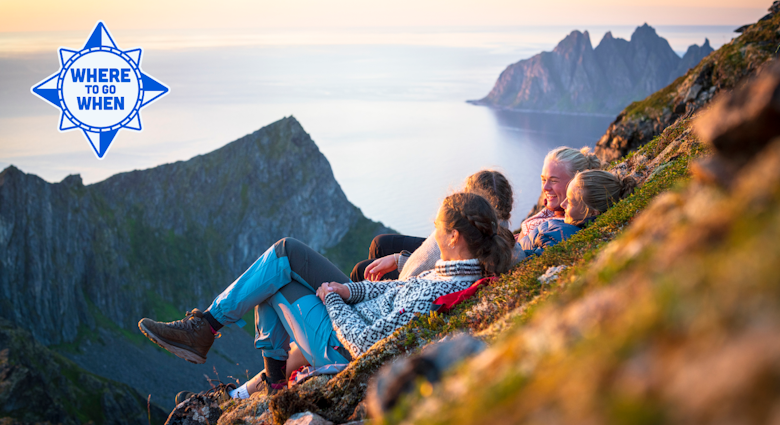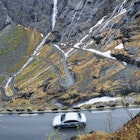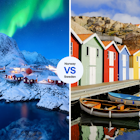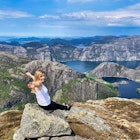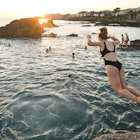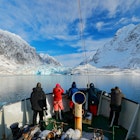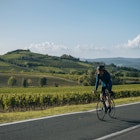
Geology
When first presented with such beauty it’s hardly surprisingly that many people are left pondering how such a geological wonder formed. The answer is simple (well, kind of simple). Some 450 million years ago the mountainous west coast of what is today Norway was part of an enormous mountain range with peaks so high they would have been able to fondly stroke the summit of Mt Everest and ask him what he would like to be when he grows up. Then along came an ice age or two, it got really cold and a vast sheet of ice kilometres thick plonked itself atop these mountains. After that there was much crunching, crashing, shattering and various aches and pains. Finally the sun came back out and the ice started to melt, leaving behind overly steep-sided valleys, which were then flooded by rising sea levels, and hey presto, the fjords were born. (Note: some geology professors might take issue with the scientific accuracy of this description.)
Highlights of the fjords
Now that the science is out of the way we can get on with enjoying geology’s gift to the world. But where to begin? Norway is a big country and getting around can take time, so let’s start with some of Norway’s best fjord sights, journeys and experiences. The prime time to experience these is between June and late August. Outside of this period many hotels, activities and other amenities are closed or inaccessible. If you're not put off by this, May and September can be nice, although the weather, uncertain even in July, is far less predictable in those months.
Geirangerfjord
The 20km boat chug along Geirangerfjord, a Unesco World Heritage Site, must rank as the world’s most beautiful ferry journey. Long abandoned farmsteads cling to the fjords’ near-sheer sides and minty coloured waterfalls twist, tumble and crash down to the emerald green waters below. Take the ferry from Geiranger and enjoy the calm as you leave this small, bustling port, or hop aboard at quiet Hellesylt.
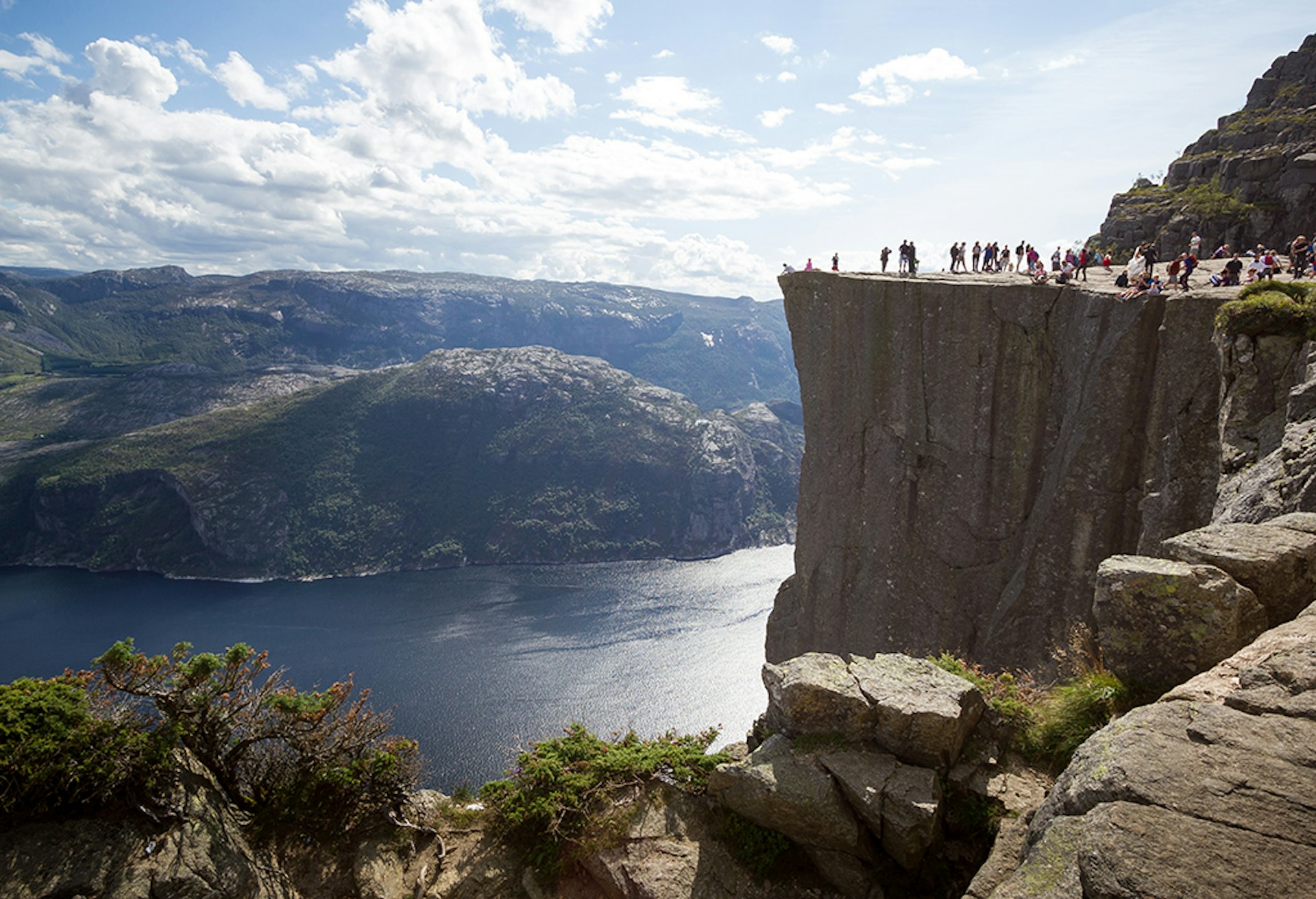
Pulpit Rock and the Lysefjord
The imposing granite walls of the Lysefjord, a short distance from the town of Stavanger, would be many a visitor’s favourite Norwegian fjord even without the remarkable, and frankly rather terrifying, Pulpit Rock (Preikestolen). One of the key postcard images of Norway, this remarkable vantage point is a table-like piece of flat rock whose sheer sides tumble vertically down to the fjord waters some 604m below. It’s the kind of place where non-vertigo sufferers suddenly realise that they’re scared of heights after all.
Jostedalsbreen
One of the most awe-inspiring sights in the fjords region isn’t a fjord at all. The Jostedalsbreen icecap, which covers (a shrinking) 487 sq km and is, in places, 600m thick, is the largest glacier in mainland Europe. The ice cap has numerous icy tongues protruding off it which can be visited from several places. The approach from Fjærland is the most popular, but for a quieter, and more scenic view, head to Nigardsbreen or Bødalsbreen. The best way to experience the ice is to don crampons, rope up and crunch slowly across this milky blue icescape on a guided glacier walk. These are available from most towns close to the ice.
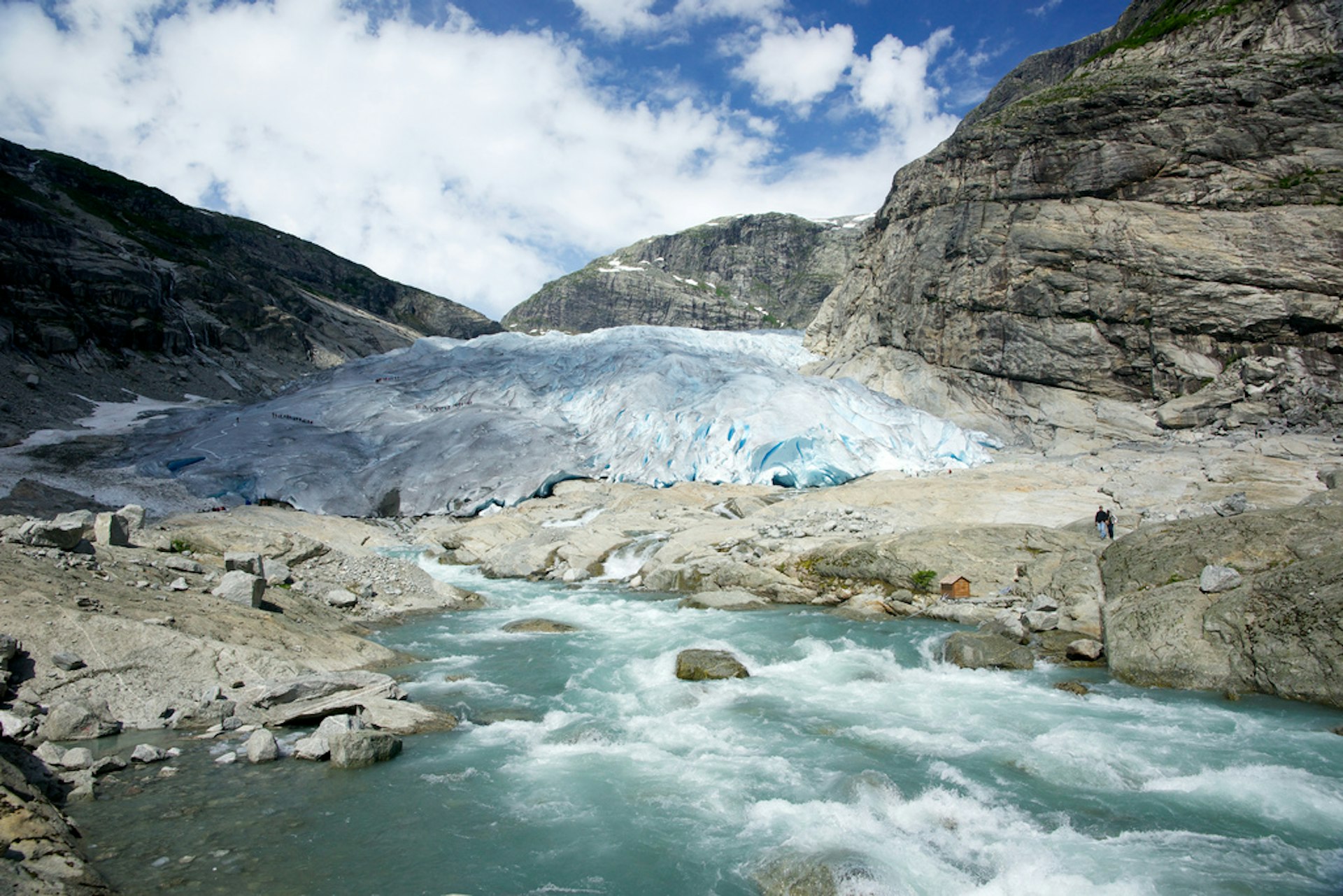
Nærøyfjord
While we wouldn’t describe Gudvangen, which sits at the head of the narrow Nærøyfjord, as a very appealing town, it’s setting, on the edge of glassy fjord waters leered over by cloud-scraping cliffs more than a kilometre high, is certainly worth travelling for. And when you do travel here make sure you come by boat (ferries run between Gudvangen and Flån several times daily). With, in places, only 250m of water separating one cliff face from the other and waterfalls plummeting from the heights, you won’t quickly forget this waterborne approach.
Snøvegen
Not everything in fjord country revolves around submerged valleys. The Snøvegen, or Snow Road, (also called Aurlandsvegen) climbs from sea level, bending backwards and forwards up to a desolate and rocky high plateau separating the towns of Aurland and Lærdalsøyri before dropping just as precipitously back down again. It’s a superb taste of Norway’s high country within minutes of the fjords.
Oslo-Bergen railway
While there are several ways to travel from the capital, Oslo, to the west coast fjord region there’s only really one way to do it in style. The Oslo-Bergen railway is often cited as one of the worlds most beautiful train journeys. After passing through the forests of southern Norway the train climbs up onto the horizonless beauty of the Hardangervidda Plateau (watch for reindeer) and then descends to Bergen and the edge of fjord country. Tip: change at Myrdal to take the incredibly steep branch line into the fjord country that fans out from Flåm.
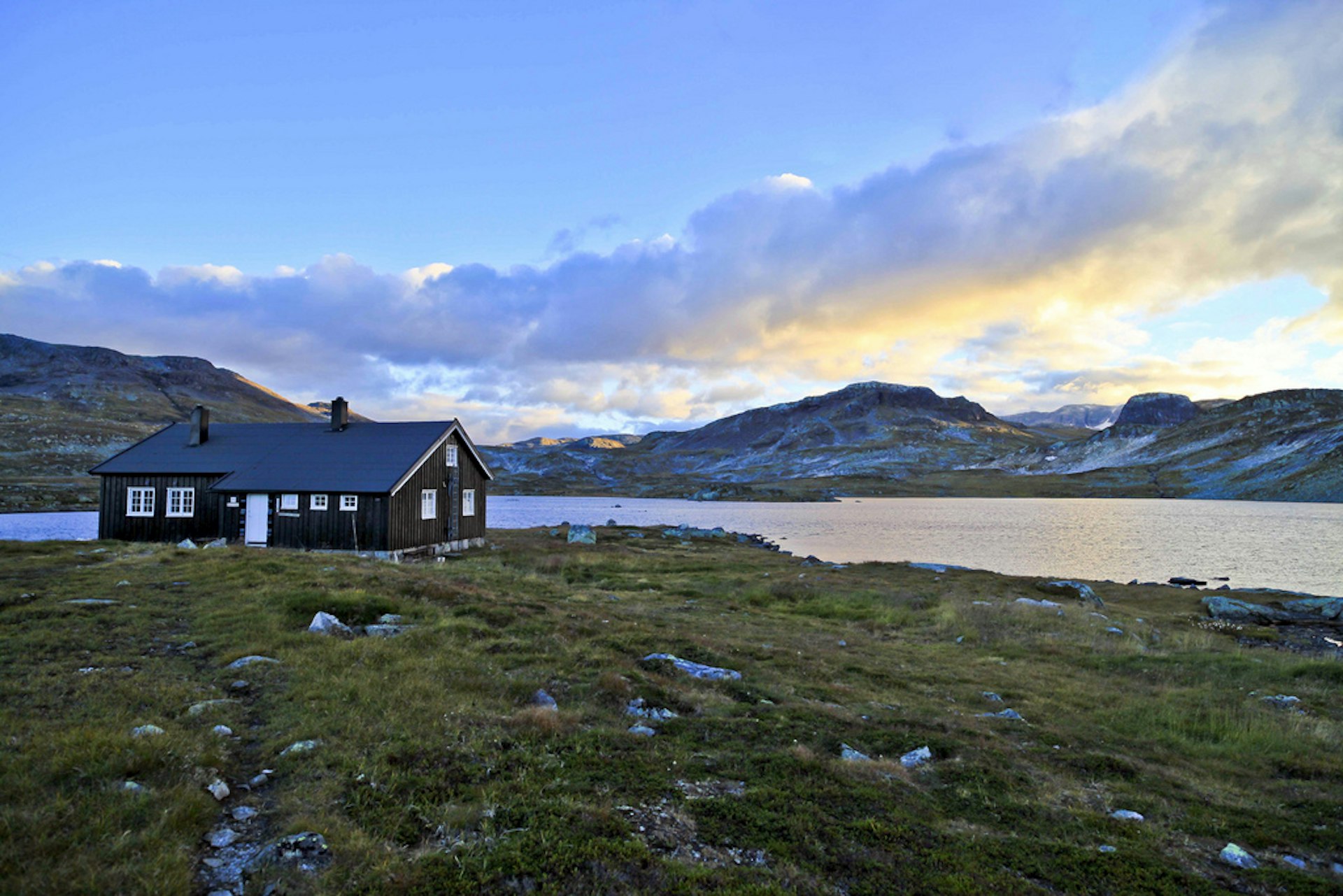
Kayaking the fjords
There are loads of places where you can see the fjords with an otter’s eye view by quietly paddling a kayak along the waterways. But our favourite spot has to be the Lustrafjord, where you might not actually paddle with otters but you will paddle past a colony of seals. Kayak tours are organised by Fjordseal, based a short distance from the town of Solvorn.
Oslofjord
The Oslofjord might not have the searing cliff faces, narrow channels, glaciers and waterfalls of the west coast fjords, but it does have one calling card that no other fjord has: a capital city at its head! In a country of astounding natural beauty, Oslo demonstrates that man can be pretty artistic too, and many visitors are surprised to discover that the city is home to world-class museums and galleries rivalling anywhere else on the European art trail. In 2015, Van Gogh | Munch, an exhibition featuring works from these two influential modern artists, will run May-September in the Munch Museum. Yet even in the city Mother Nature has managed to make her mark, and Oslo is fringed with forests, hills and lakes awash with opportunities for hiking, cycling, skiing and boating.

